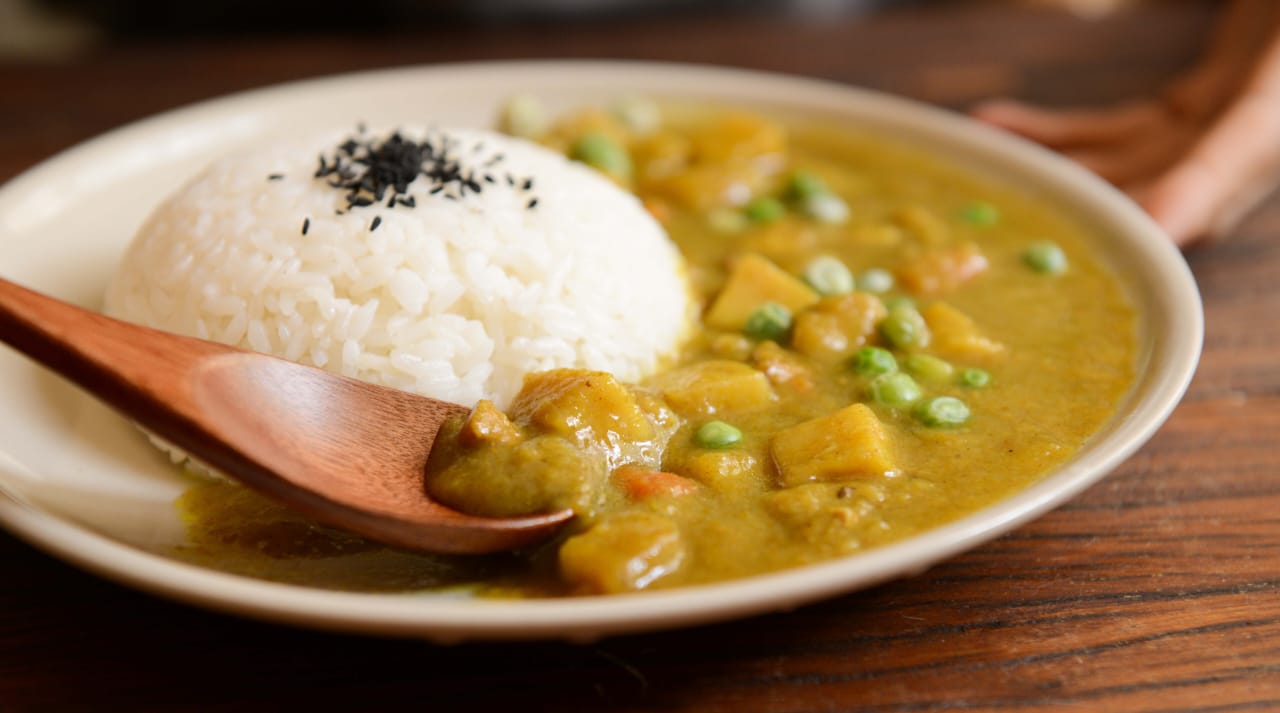
Elderly Nutritional Guideline
May 6, 2023
Elderly Nutritional Guideline
As people age, their nutritional needs may change, and it's essential to maintain a healthy diet to support good health and prevent chronic diseases. Here are some dietary recommendations for older adults:
Increase protein intake: Older adults may require more protein to maintain muscle mass and prevent muscle loss. Foods such as lean meats, fish, poultry, beans, lentils, and dairy products are excellent sources of protein.
Consume adequate fiber: Fiber is essential for good digestive health, and older adults may require more fiber to promote regular bowel movements. Good sources of fiber include whole grains, fruits, vegetables, beans, and nuts.
Stay hydrated: As we age, our sense of thirst may diminish, making it easier to become dehydrated. It's essential to drink plenty of water, low-fat milk, or herbal tea to stay hydrated.
Eat a variety of fruits and vegetables: Fruits and vegetables are packed with vitamins, minerals, and fiber, and consuming a variety of them can help older adults meet their nutritional needs. Aim for at least 5 servings of fruits and vegetables per day.Eat a variety of nutrient-dense foods: Consuming a variety of whole, nutrient-dense foods is essential for meeting nutritional needs.
Limit sodium and saturated fat: A diet high in sodium and saturated fat can increase the risk of chronic diseases such as heart disease and stroke. To maintain good health, limit the intake of processed foods, fast foods, and fried foods.
Consider taking supplements: Older adults may have trouble getting enough nutrients from their diet alone, so taking supplements may be necessary. Talk to a doctor or registered dietitian about which supplements are appropriate.
Overall, it's crucial for older adults to eat a well-balanced diet that provides all the necessary nutrients to maintain good health and prevent chronic diseases.
There are lots and lots of Western Diets Available in net. So here we come along a sample South Indian Diet for a day that meets all your Nutrition needs to run your daily life smoothly.
South Indian cuisine is known for its delicious and healthy recipes that can provide balanced nutrition to people of all ages. Here's a sample diet plan for aged people based on the traditional South Indian cuisine:
Breakfast:
Idli (steamed rice cake) with sambar (lentil and vegetable stew) and coconut chutney
A small cup of low-fat milk or unsweetened soy milk
A small banana or a slice of papaya
Mid-morning snack:
A cup of unsweetened yogurt (curd) with honey or plain
A cup of herbal tea or water
Lunch:
A small bowl of vegetable pulao (rice dish) with mixed vegetables and raita (yogurt-based side dish) or steamed Brown rice with any veg curry.
A side of mixed greens with tomatoes, cucumbers, and carrots
A small cup of low-sodium vegetable soup
Mid-afternoon snack:
A small bowl of mixed fruits, such as apples, grapes, and oranges
A cup of herbal tea or water
Dinner:
Masoor dal (red lentil stew) with steamed brown rice
A side of stir-fried vegetables, such as cabbage, carrots, and bell peppers
A small cup of low-sodium vegetable soup
Bedtime snack:
A cup of herbal tea or warm milk
Tips for a Healthy South Indian Diet for Older Adults:
Include a variety of vegetables: Eating a variety of vegetables can provide essential nutrients and antioxidants that can promote good health.
Choose whole grains: Opt for brown rice, quinoa, and whole-wheat bread over refined grains to boost fiber intake.
Use healthy fats: Use healthy fats such as coconut oil, olive oil, and ghee in moderation.
Use spices and herbs: Spices and herbs such as turmeric, ginger, and garlic can provide health benefits and add flavor to dishes.
Stay hydrated: Drinking plenty of water, coconut water, or herbal tea is necessary to stay hydrated.
Overall, the South Indian diet is rich in whole grains, vegetables, and spices, which can provide a wide range of nutrients to older adults.
Note: Consult your Dietician if you have any Chronic Health Issues before following a proper diet chart